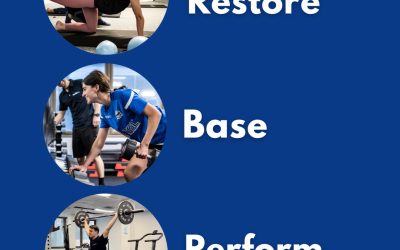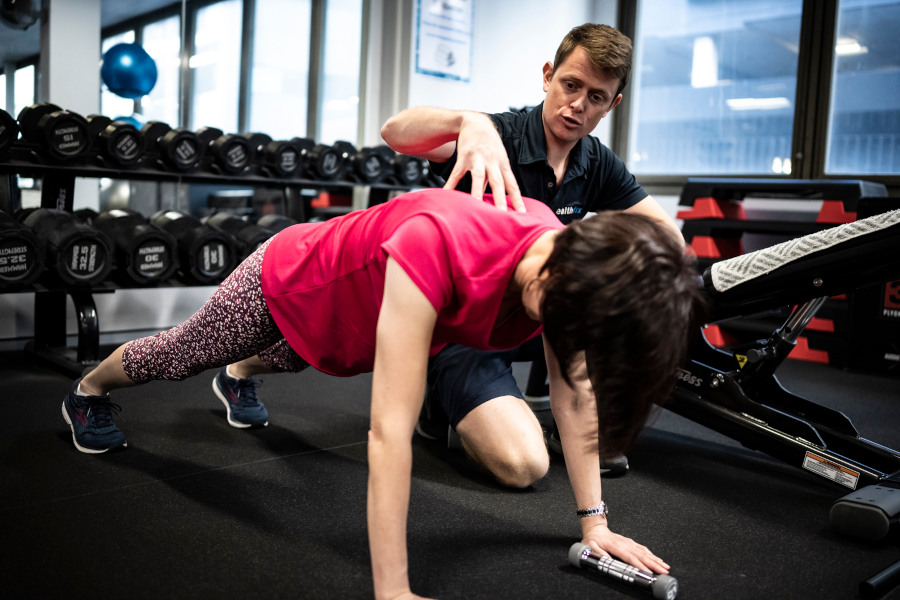Blog
Discover Lifelong Strength with Healthfix
Healthfix extends a warm invitation to our North Sydney community for a unique event, "Strength for the Ages." Whether you're a longtime member or curious about the transformative health journey Healthfix offers, join us for an evening dedicated to exploring the power...
Meniscus Tears and How We Rehabilitate Them Using Physio
By Caitlan, Skillicorn, Senior Physiotherapist North Sydney A meniscus tear can be a significant setback for those who live an active lifestyle. Whether it be due to a sudden twist during your social basketball competition midweek or a misstep during your...
From Injury to Performance: Healthfix’s Blend of Expert Physio and Group Fitness Innovation
At Healthfix, we're changing the game in physiotherapy here in North Sydney. We combine the know-how of physiotherapy with group classes to help you not just recover, but truly transform your health for the better. Our goal? To help you get healthy and stay that way....
A Guide to Understanding Your Progress in the Gym
At Healthfix, we understand that embarking on a fitness journey can sometimes be challenging, especially when results seem elusive. But fear not – progress is a process, and it follows a unique order. Today, we're breaking down the sequence of results based on the...
Join our New Year Challenge!
Are you ready to embark on a transformative journey to a healthier, stronger, and revitalised version of yourself? Healthfix is delighted to introduce the New Year Challenge, our 8-Week Reboot. The Reboot is a powerful program designed to cater to diverse health needs...
Deck the Halls with Healthy Habits: Healthfix’s Exercise Survival Guide
The holiday season is upon us, and amidst the festive cheer and indulgent treats, maintaining your fitness routine can be a challenge. At Healthfix, we're here to make sure you not only survive but thrive during the holidays with our Exercise Survival Guide, offering...
Value
Other Services
Sports Rehab Program
Sports Physiotherapy
Fixed Price Rehab Program
Gait Scan and Orthotics
what They’re Saying
Client Testimonials
Special mention to my strength and condition coach Bladen, building me up!







